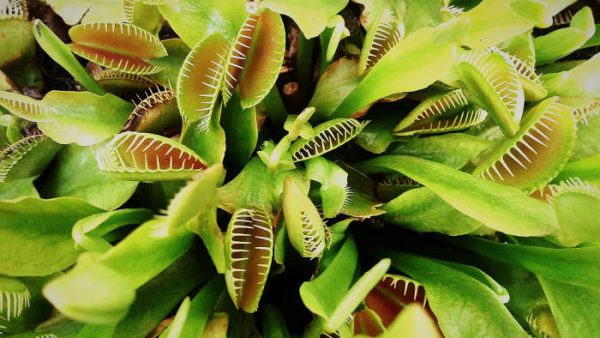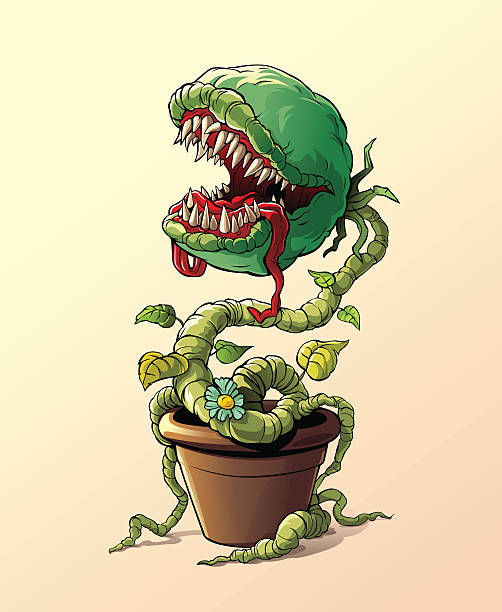Join our community
of garden lovers.
Sign up with your e-mail address to receive our latest offers,
competitions & local gardening tips
competitions & local gardening tips

Carnivorous plants are native to the boggy environment, where the soil is thin and lacks essential nutrients. To fulfil their needs, these plants trap and consume insects. They attract their prey through sweet-smelling nectar and bright colours and trap them inside in specialized leaves. After trapping the prey, they extract vital nutrients by breaking down the body through their digestive enzymes.
Carnivorous plants can be an excellent addition in your houseplant collection, as these insects eating plants are unique and beautiful and act as a repellent too. Apart from the appearance, they also grab attention with their surprising way of trapping insects! It is also a fun way to get children engaged in nature.
Carnivorous plants catch insects in different ways. Below are some examples of how different plants have different trapping mechanisms:
Most carnivorous plants are easy to grow and many species will be dormant during the winter. They really do not need much attention during the colder months and will re-appear in spring. Here are some care tips for your carnivorous plants:
Our free online workshops will resume again on 14 January 2022. Watch these pages for the links.
If you have any gardening questions, feel free to contact your friendly Garden Guru – Sue Both at: sueb@gardenhop.co.za
